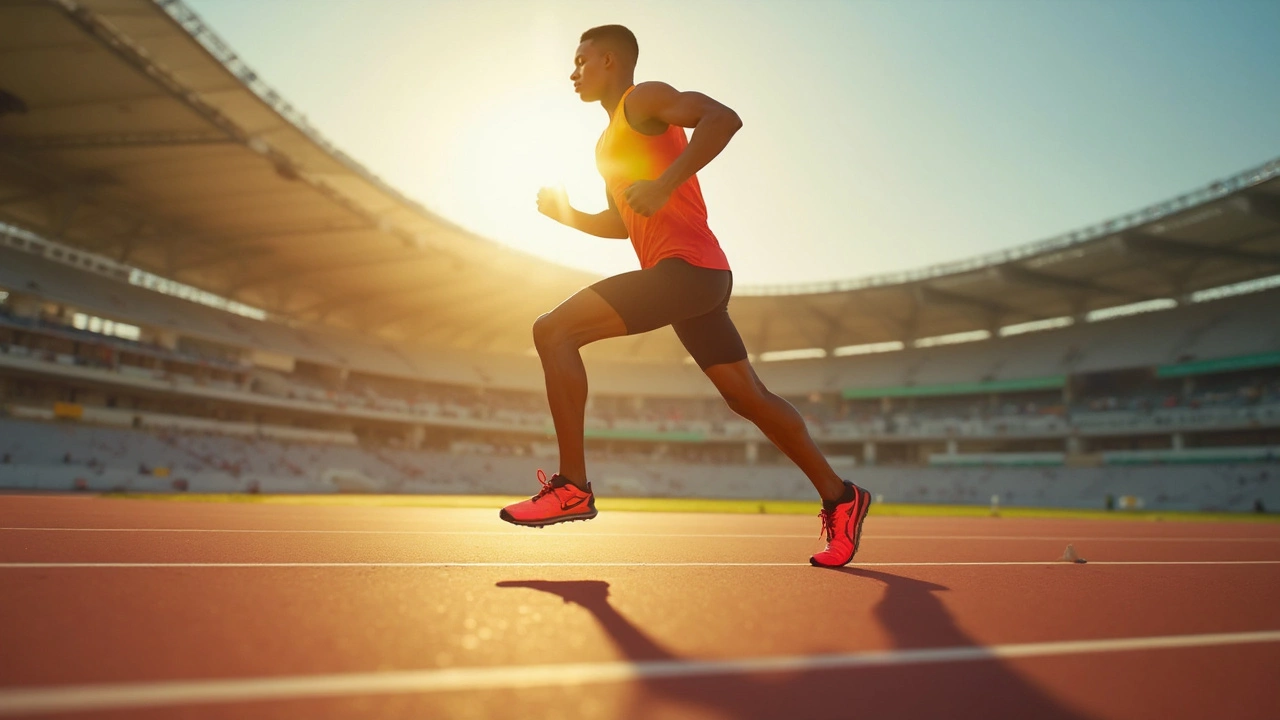Athletics Equipment: What You Need to Boost Performance
Did you know the right shoes can shave seconds off a sprint? That same principle works for every piece of gear you use. Whether you’re hitting the track, the gym, or the field, the equipment you pick decides how fast you recover, how safe you stay, and how much you improve.
First, think about the sport or activity you do most. Runners need cushioning and stability, weightlifters need solid bars and plates, while a cross‑trainer benefits from versatile bands and a good pair of shoes. Matching gear to movement saves time and prevents injuries.
Choosing the Right Gear
Start with shoes. Look for a fit that lets your foot breathe, a sole that matches your surface, and enough support for your arch. If you run on pavement, choose a shoe with extra cushioning; for trails, pick one with aggressive tread.
Next, add resistance tools. Resistance bands are cheap, portable, and work every muscle group. A set of bands with different tensions lets you progress without buying heavy weights.
Kettlebells and dumbbells are next‑level basics. A 12‑kg kettlebell handles swings, Turkish get‑ups, and goblet squats. Pair it with an adjustable dumbbell set to cover everything from bicep curls to lunges.
Don’t forget apparel. Moisture‑wicking shirts keep you dry, compression socks improve circulation, and a good pair of gloves protects hands during lifts.
Maintaining Your Equipment
Clean shoes every two weeks. Remove excess dirt, let them air dry, and spray a light disinfectant to curb odor.
Band wear shows up as cracks or loss of elasticity. Replace them when they glide easily or snap under light tension. Store bands away from direct sunlight to avoid UV damage.
Metal gear needs rust protection. Wipe down bars and plates after sweaty sessions, and keep them in a dry spot. A quick oil coat on moving parts of a pull‑up bar prevents squeaks and wear.
Finally, set a budget timeline. You don’t need the newest model every season. Classic items—like a sturdy pair of shoes or a solid kettlebell—last years when cared for.Putting these steps together means you’ll spend less time fixing gear and more time training. The right equipment, chosen wisely and kept in shape, turns ordinary workouts into real progress.
